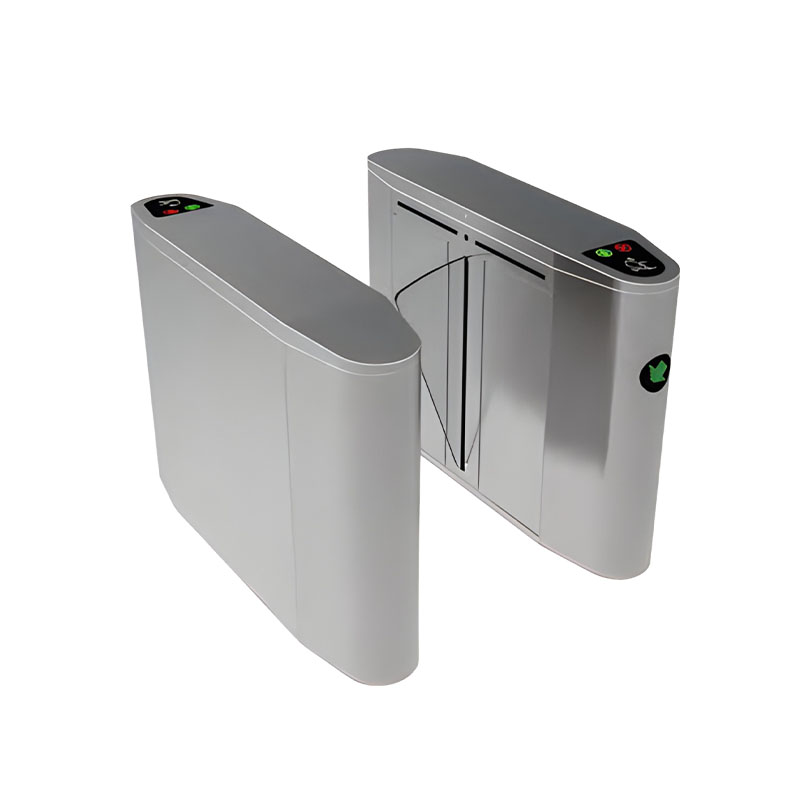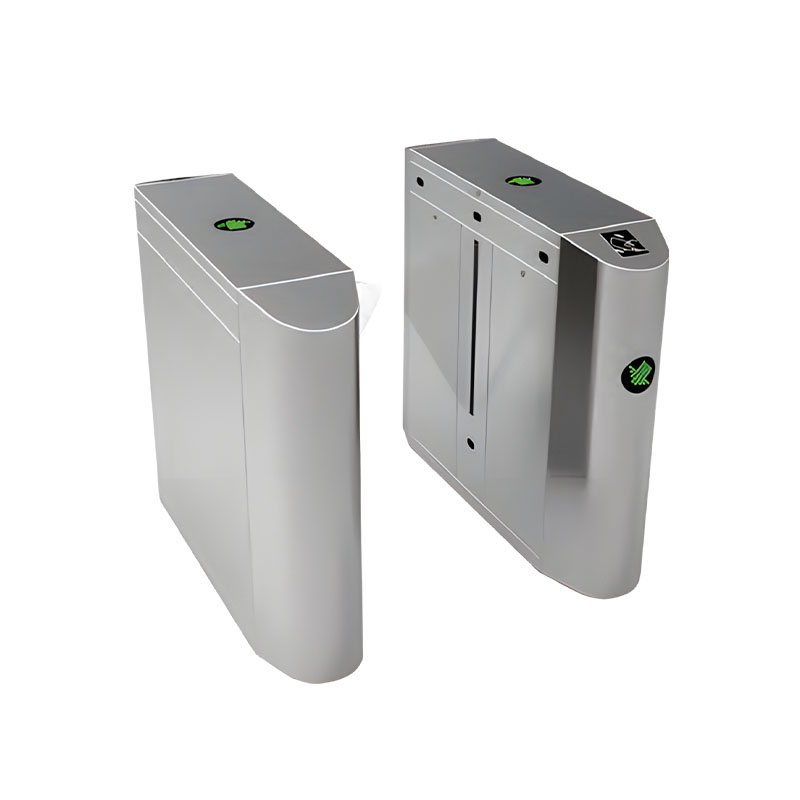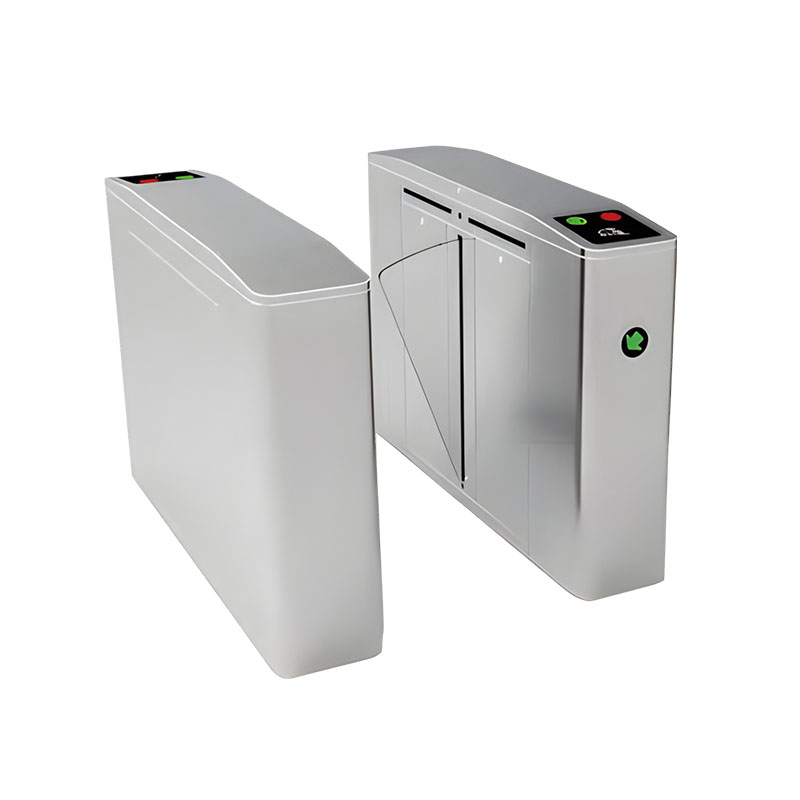From a security perspective, what key security protection functions should a pedestrian access gate have?
Release Time : 2025-06-26
From a security perspective, pedestrian access gates are important equipment for personnel access management, and their security protection functions are crucial. The following are the key security protection functions that pedestrian access gates should have.
First, the anti-tailgating function is the basis. In crowded places, such as shopping malls, subway stations, etc., if the access gate does not have the anti-tailgating function, it is possible that one person swipes the card and multiple people pass through, which brings hidden dangers to security management. Access gates with anti-tailgating functions usually have sensors on both sides of the gate. When someone tries to follow in, it will immediately sound an alarm and keep the gate closed. Only when the trailing person leaves the detection area will the gate resume normal operation, thereby effectively preventing unauthorized people from mixing in.
Secondly, the anti-collision function is indispensable. In some special cases, such as someone forcibly breaks in or a vehicle accidentally hits, the access gate needs to have a certain impact resistance. High-quality access gates will use solid materials and reasonable structural designs, such as the pedestrian access gate body made of stainless steel and the reinforced support structure, which can withstand a certain degree of external force impact without damage. At the same time, when a collision is detected, the channel gate will automatically lock and sound an alarm, notifying security personnel to deal with it in time to ensure the safety of personnel and equipment.
Furthermore, the anti-pinch protection function is an important part of ensuring personnel safety. During the operation of the channel gate, if the gate is suddenly closed, pedestrians may be pinched. In order to prevent this from happening, the channel gate should be equipped with an anti-pinch protection device, such as an infrared sensor or a pressure sensor. When the sensor detects pedestrians or obstacles during the gate closing process, it will automatically stop the movement of the gate to avoid pinching accidents. In addition, some channel gates will also adopt a slow opening and closing design to reduce the impact of the gate movement on pedestrians and further improve safety.
In addition, the anti-reverse function is also necessary. In some places with strict requirements on the flow of personnel, such as airport security inspection channels, factory workshops, etc., it is necessary to prevent people from reversing. The channel gate can achieve the anti-reverse function by setting a direction sensor or a logic control system. When someone is detected trying to reverse, the gate will automatically close and sound an alarm to prevent people from reversing and ensure that people pass in an orderly manner in the prescribed direction.
At the same time, the emergency handling function reflects the ability of pedestrian access gates to deal with emergencies. In the event of emergency situations such as fires and earthquakes, the access gate needs to be able to quickly and automatically open the channel to ensure the safe evacuation of personnel. Some access gates are equipped with emergency buttons or linked to the fire protection system. When an emergency signal is detected, the gate will open immediately to facilitate the escape of personnel. In addition, the power supply system of the access gate should also have a backup power supply or emergency power supply to prevent it from being unable to open normally in the event of a power outage.
In addition, the security monitoring function helps to detect and handle abnormal situations in a timely manner. The pedestrian access gate can be equipped with a camera or integrated with other security monitoring systems to monitor the traffic of people in the access area in real time. Once abnormal behavior is detected, such as multiple consecutive verification failures, someone trying to break in by force, etc., the system will immediately issue an alarm and record relevant information to provide a basis for subsequent security management.
Finally, the rigor of identity authentication is the first line of defense for security protection. The access gate integrates a variety of identity authentication technologies, including card swiping, QR code swiping, fingerprint recognition, face recognition, etc., which can accurately identify and verify the identity of people. These technologies ensure that only authorized personnel can pass through the gate by comparing the information in the database, effectively preventing illegal entry and laying a solid foundation for the safety of the venue.







